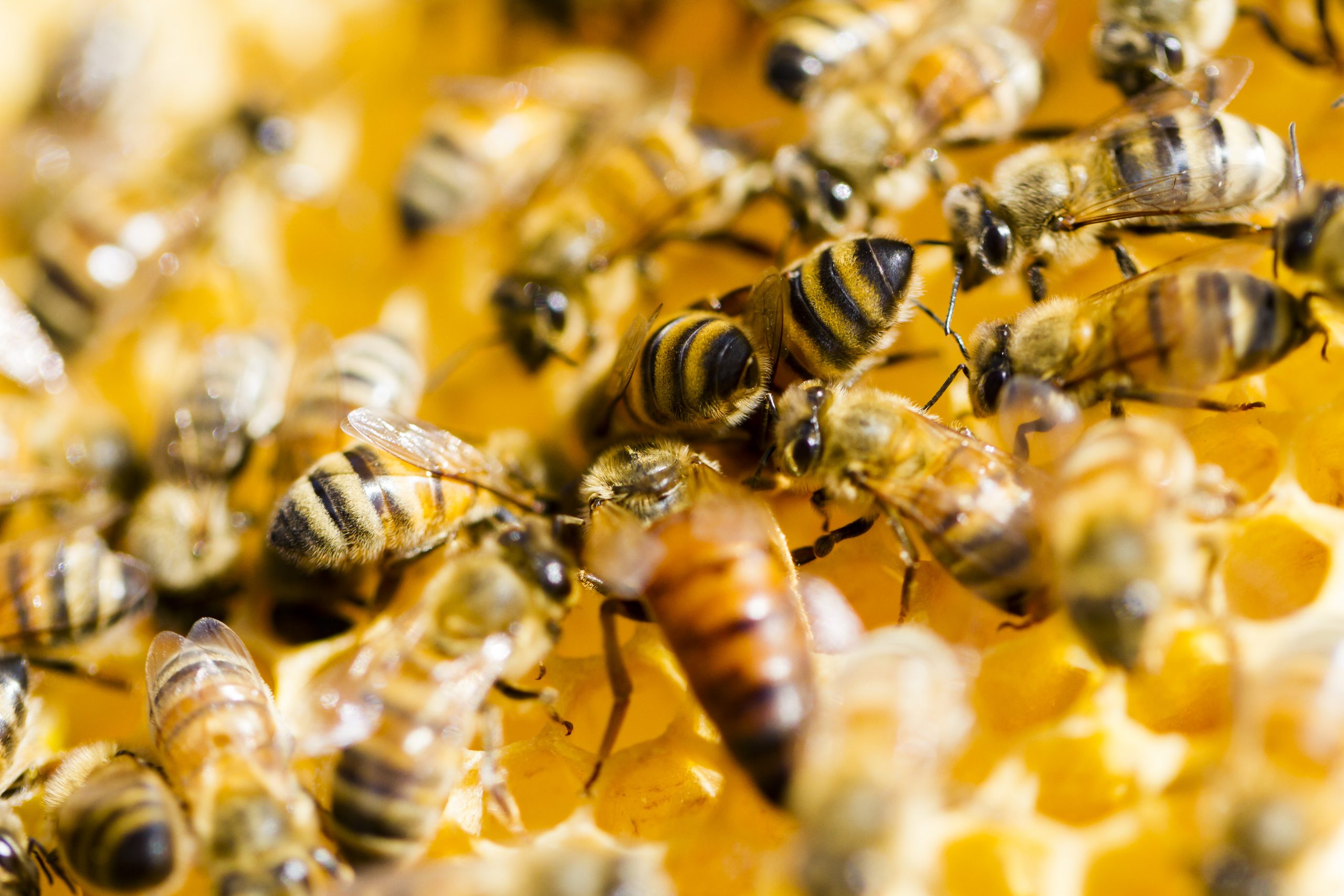How One Couple Turned a Honey Bee Infestation into a Business
June 18, 2015
Couple Opens Business, Develops Innovative New Beehive
In 2011, Sunshine Coast Couple Ann and Jeff Ross found a large infestation of bees in the one of the walls of their mechanical business. While many business owners would have called an exterminator to have the bees destroyed, the Rosses did not want to have the insects killed. Instead, the two saw this as an opportunity to dive into a new hobby and purchased a beehive, which gave them a glimpse into the world of beekeeping and some of the struggles that honeybees in Australia face.
In an articles posted on SunshineCoastDaily.com.au, the Ross’ explain how they discovered that honey bees were actually very vulnerable creatures. They found that bees are very susceptible to a range of spore-based diseases that can infiltrate the traditional hives beekeepers use and can often become victim to heat stress. When Jeff Ross realized that a better beehive could lead to a longer bee life and more sustained populations, he put his engineering skills to work to design new beehive prototypes.
Jeff was able to design a wide range of new beehives using only recycled material, He actually went a step further to produce a hive specifically manufactured to keep native stingless bees thriving and safe. These native bees are able to product honey that, in today’s market, could bring up to $100 per kilo. The prototypes being used by Jeff and Ann were created by the small 3D printer available at the University of the Sunshine Coast to demonstrate their design – Ann is a student at the university.
Currently, the Rosses are running a crowd funding campaign to help raise money for the University of the Sunshine Coast to purchase a larger 3D printer in order for them to produce full-scale hives to sell on the market. Currently, the couple has been able to raise $3,000 toward their $11,000 goal just 20 days after the campaign began. The couple’s end goal is to excite an interest in the honey production industry and produce their own version of the highly popular Manuka honey coming from New Zealand.
Ann believes that Australia’s melaleuca tree has the ability to produce the same quality of honey as New Zealand’s Manuka tree. This combined with the areas preferable climate for native, stingless bees means that Australia has the potential to cultivate and produce “world-class” Sunshine Coast honey. This can then be leveraged with the country’s Natural Advantage which will help to rejuvenate an interest in honey production and bring the industry back to life.


.jpg)




